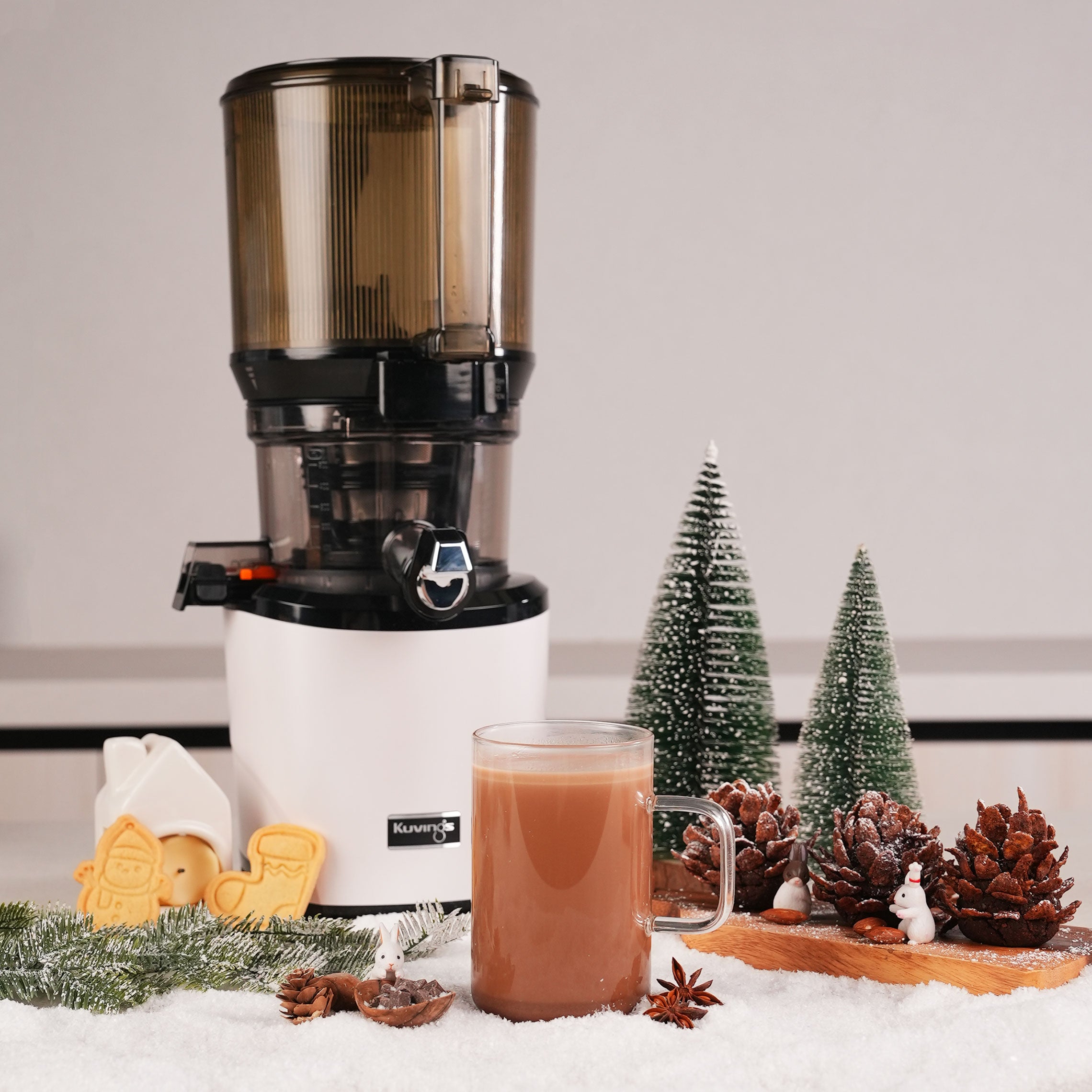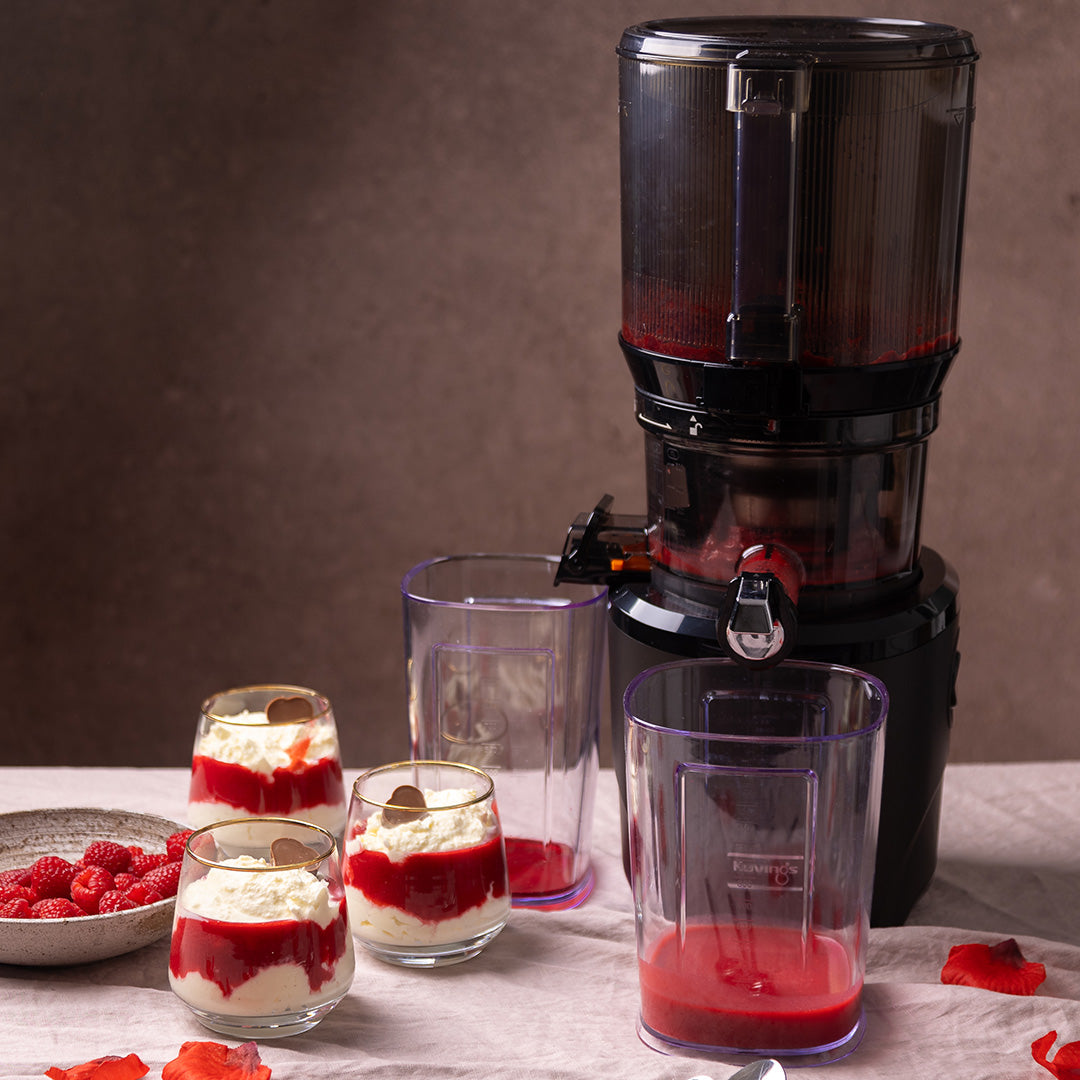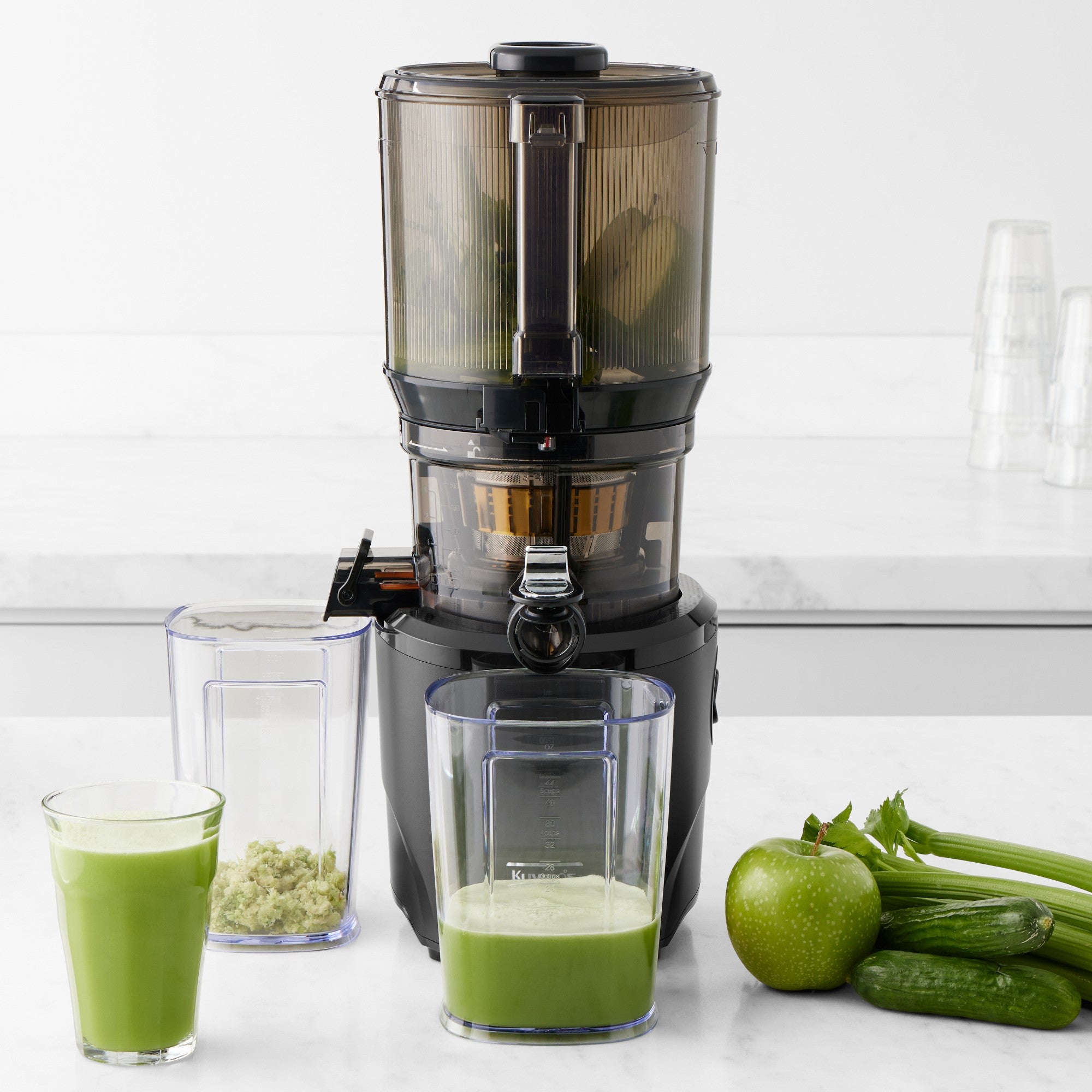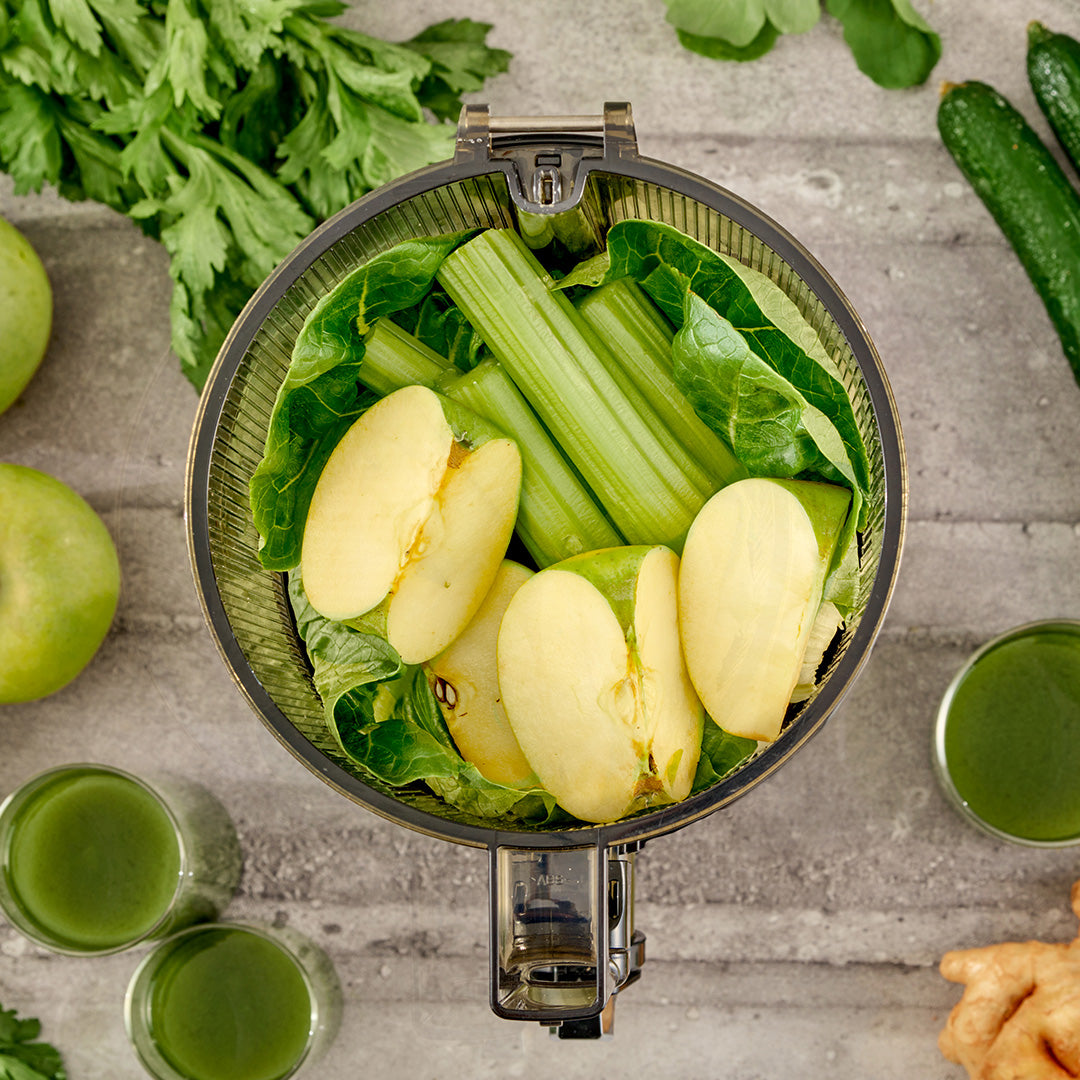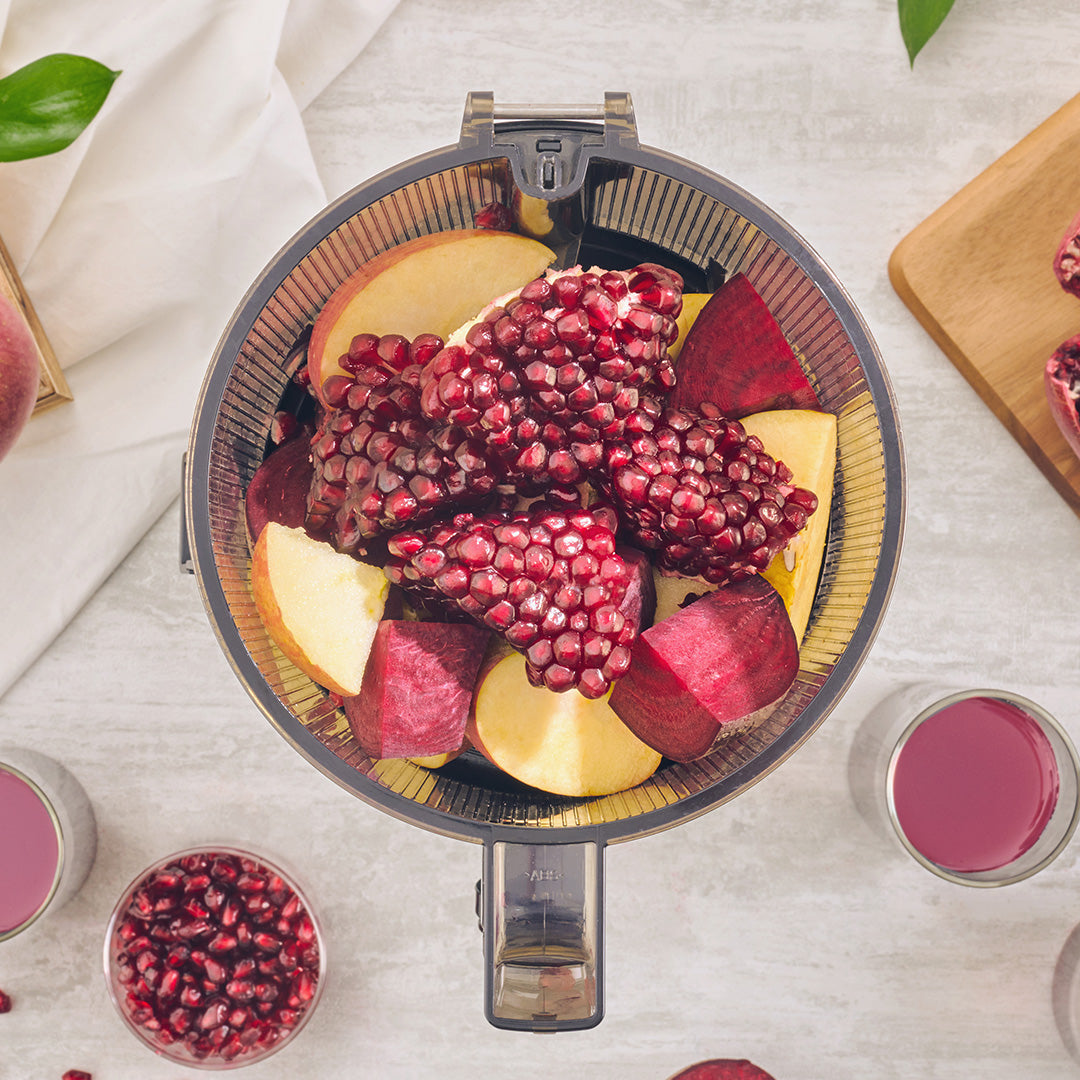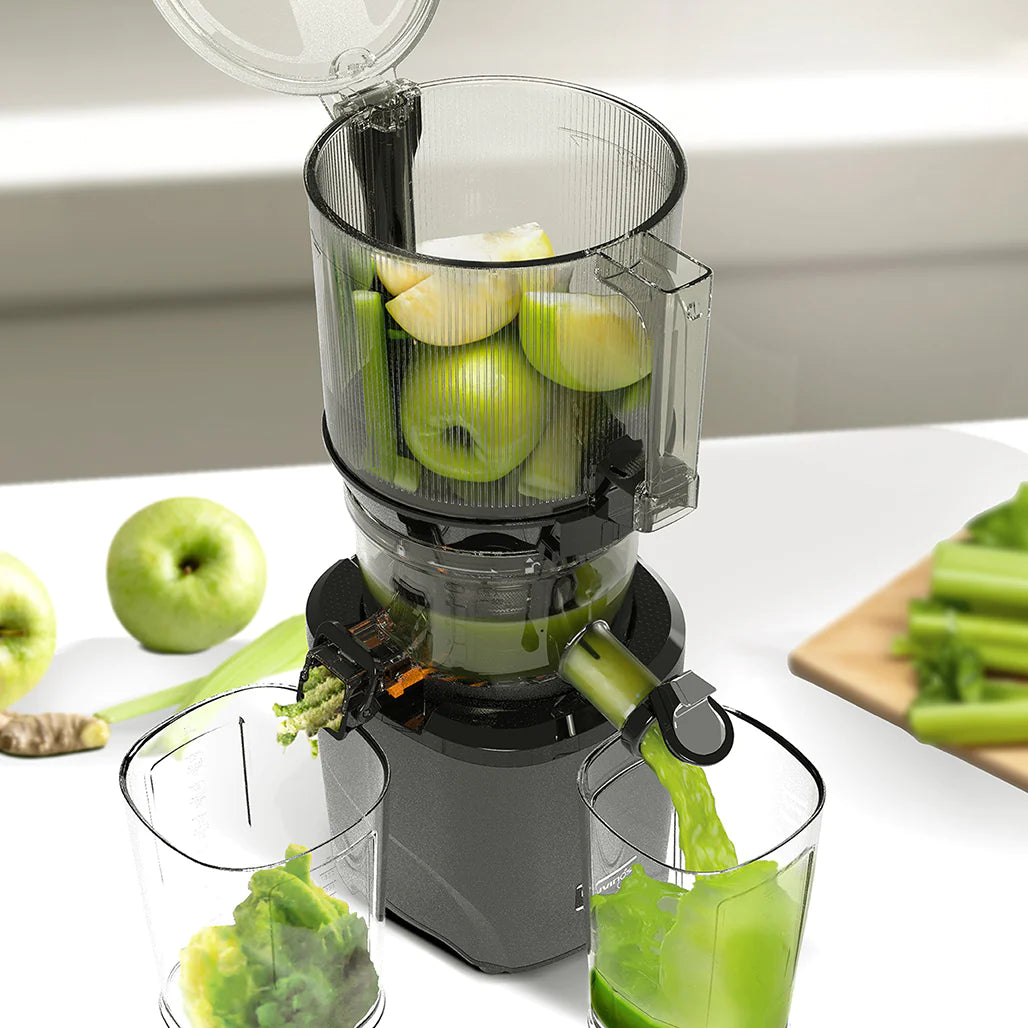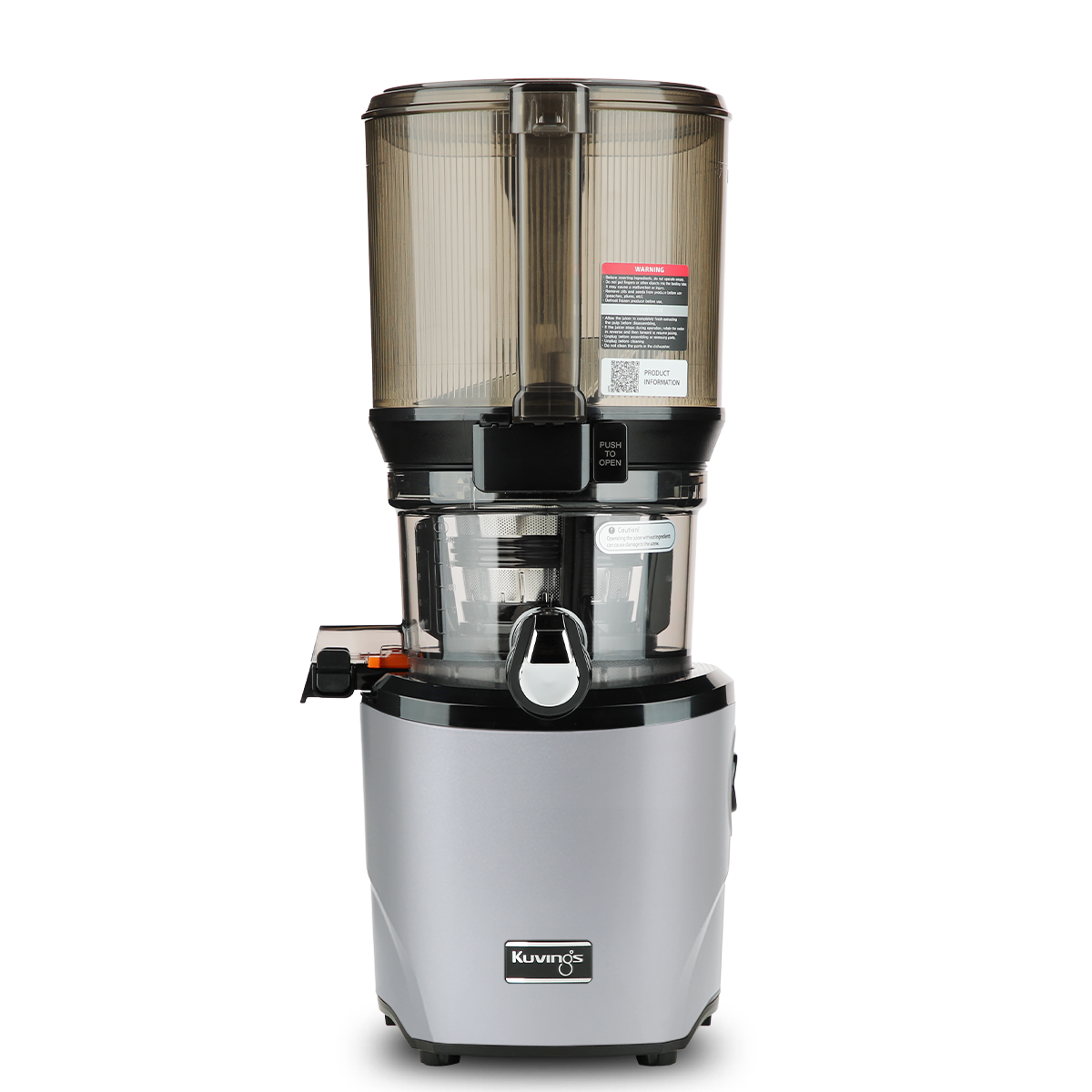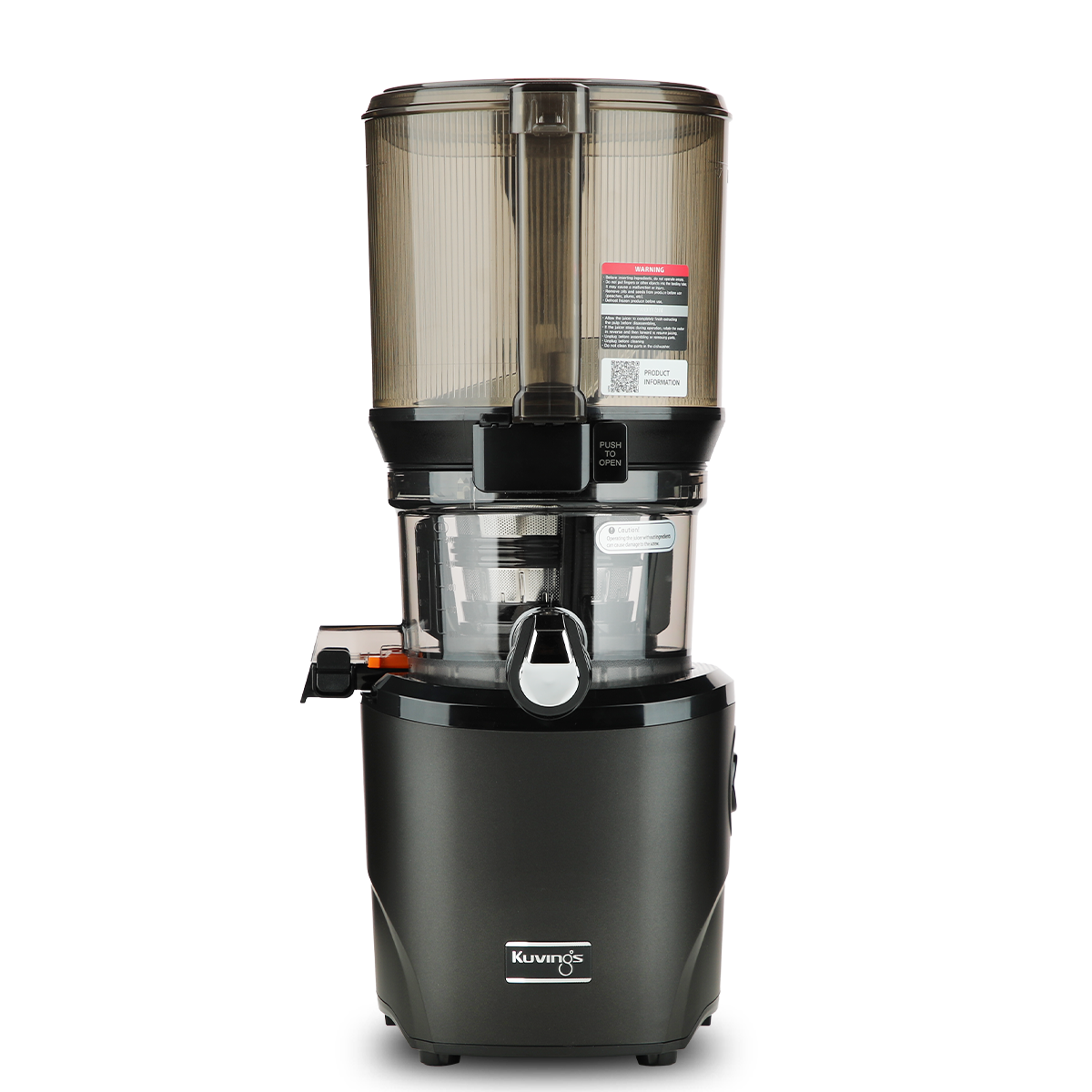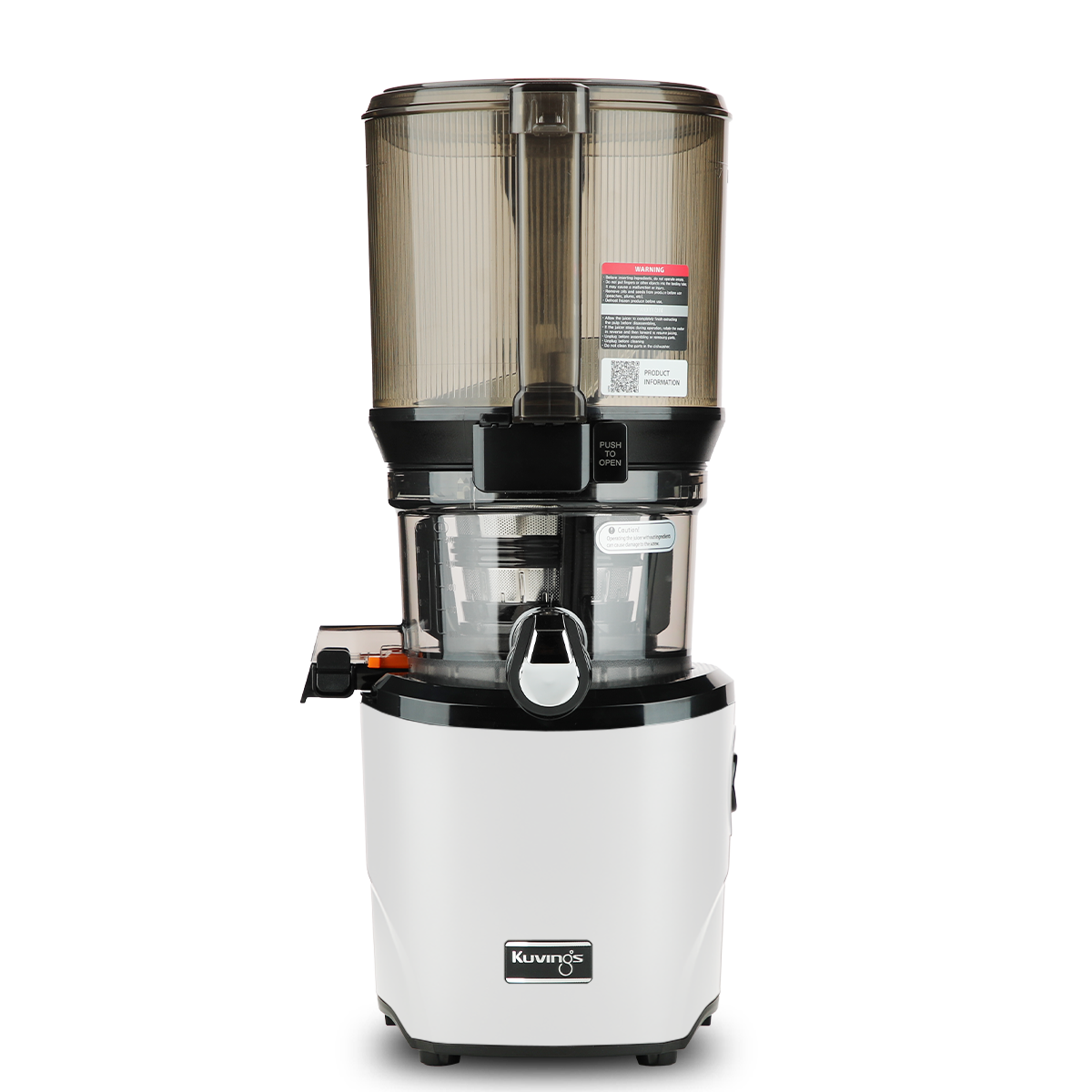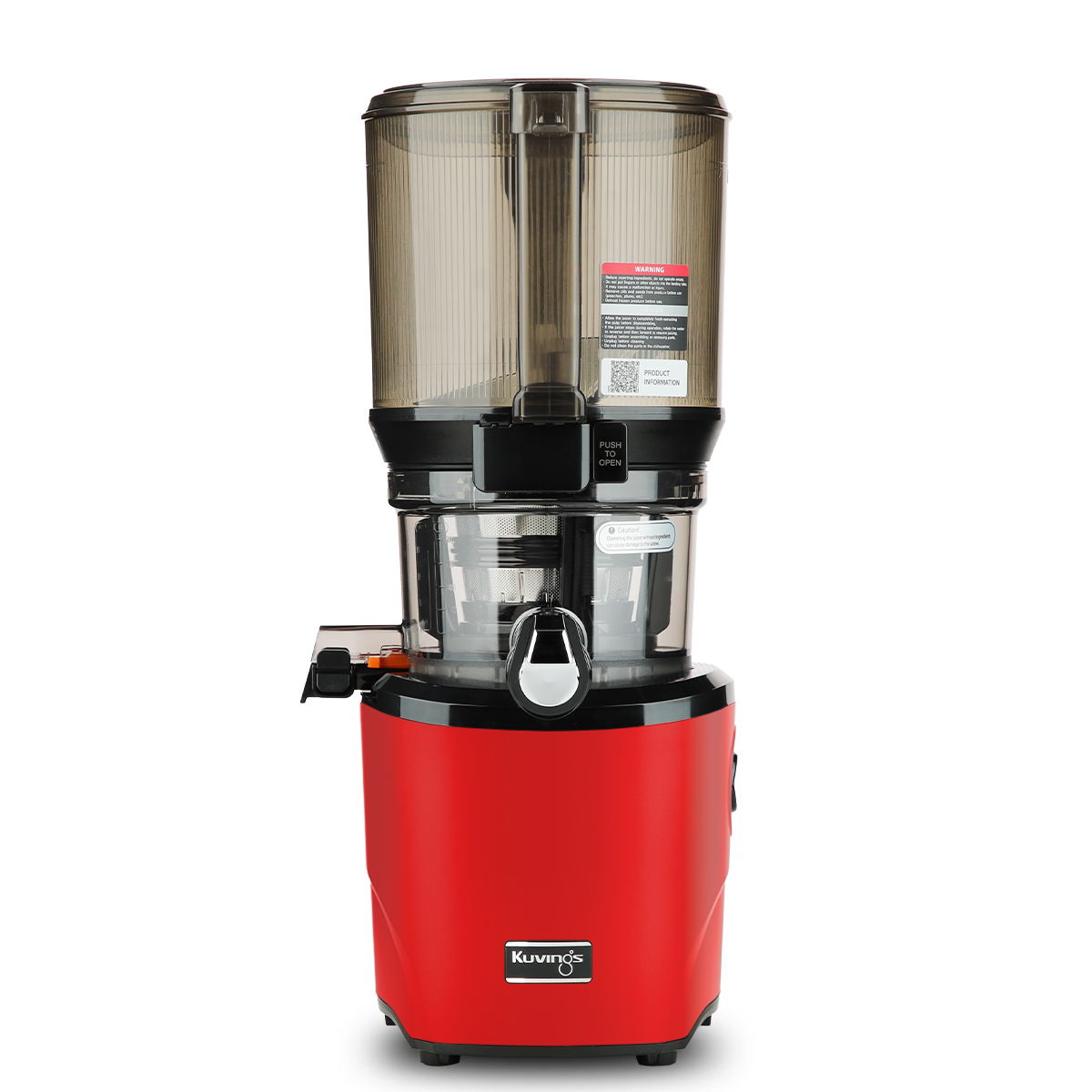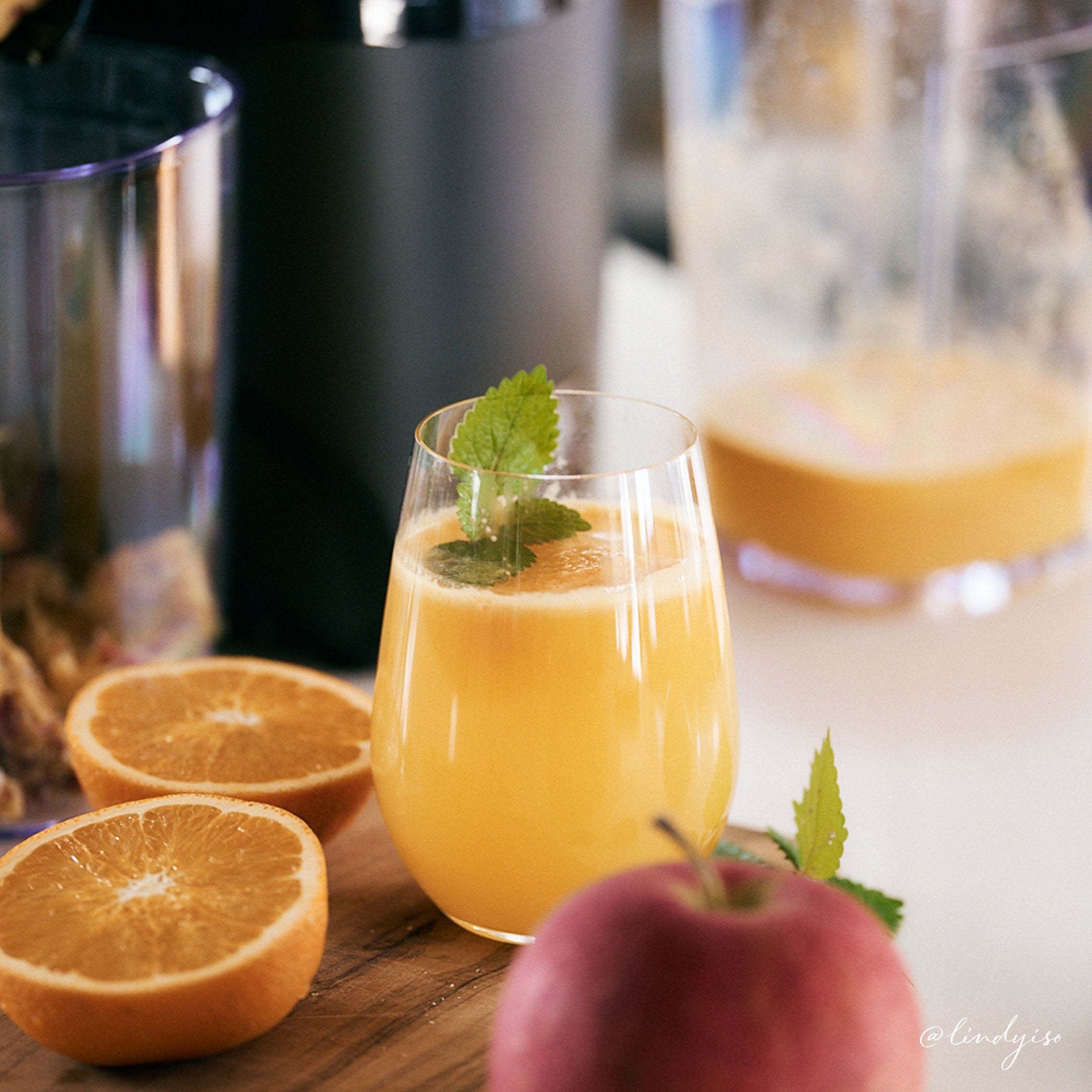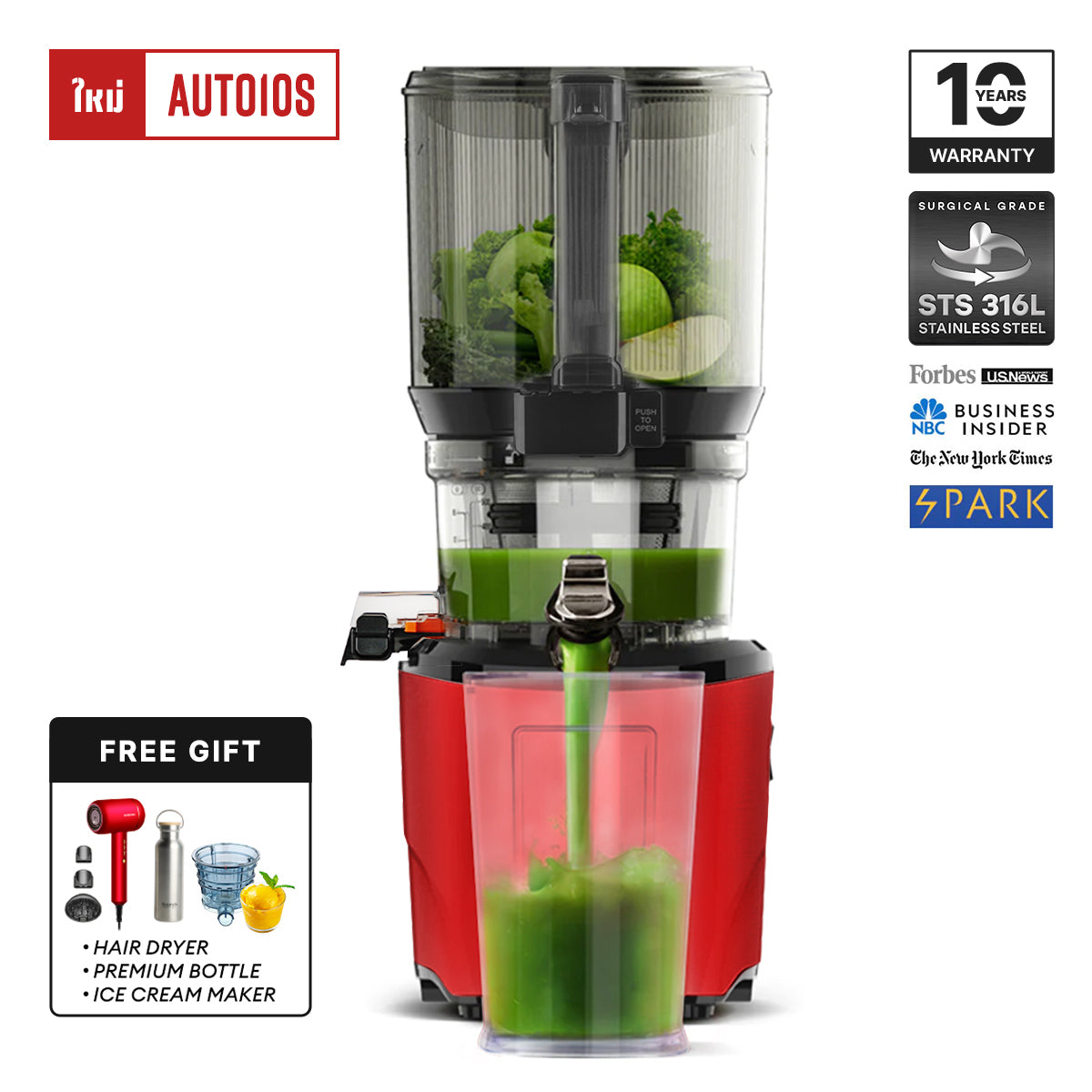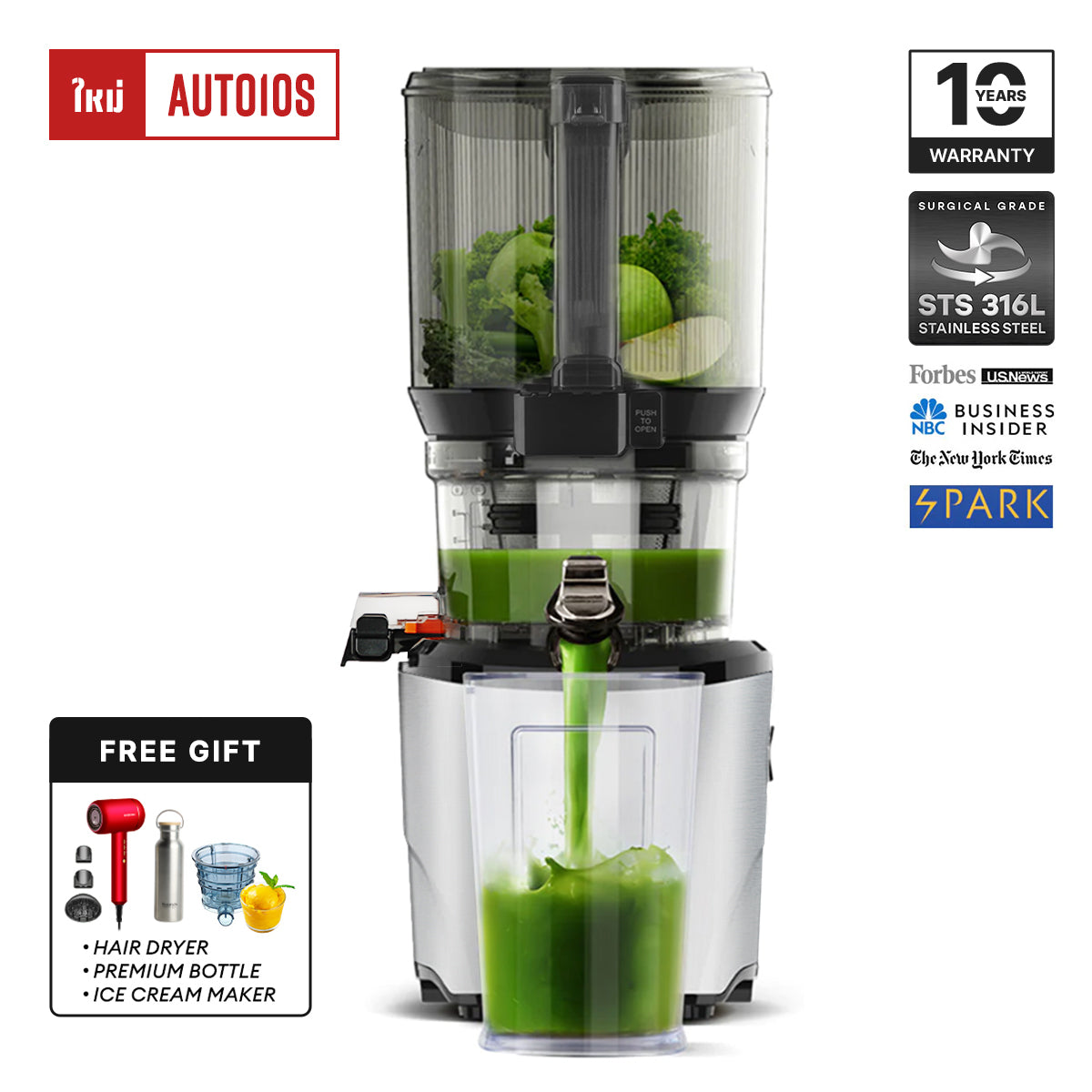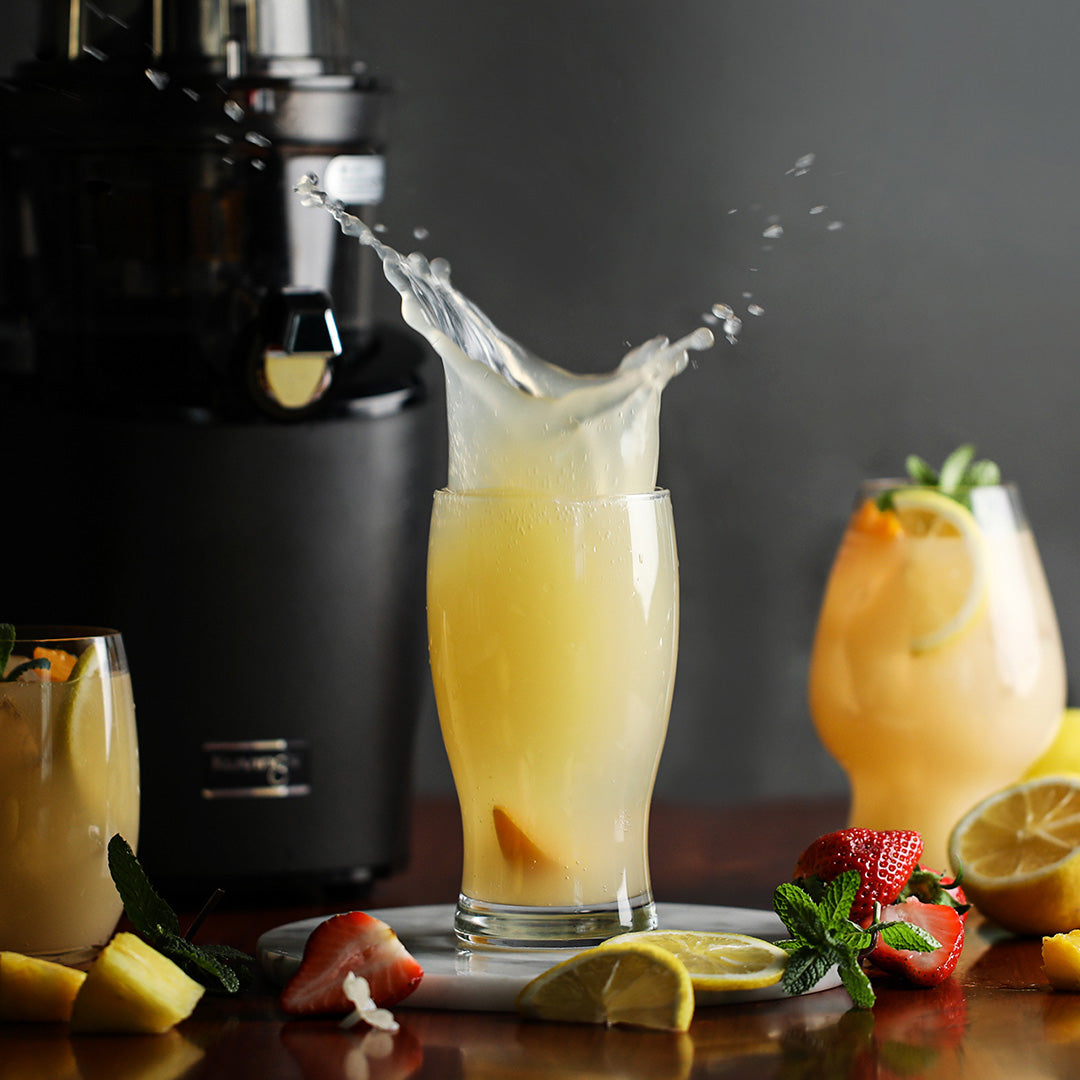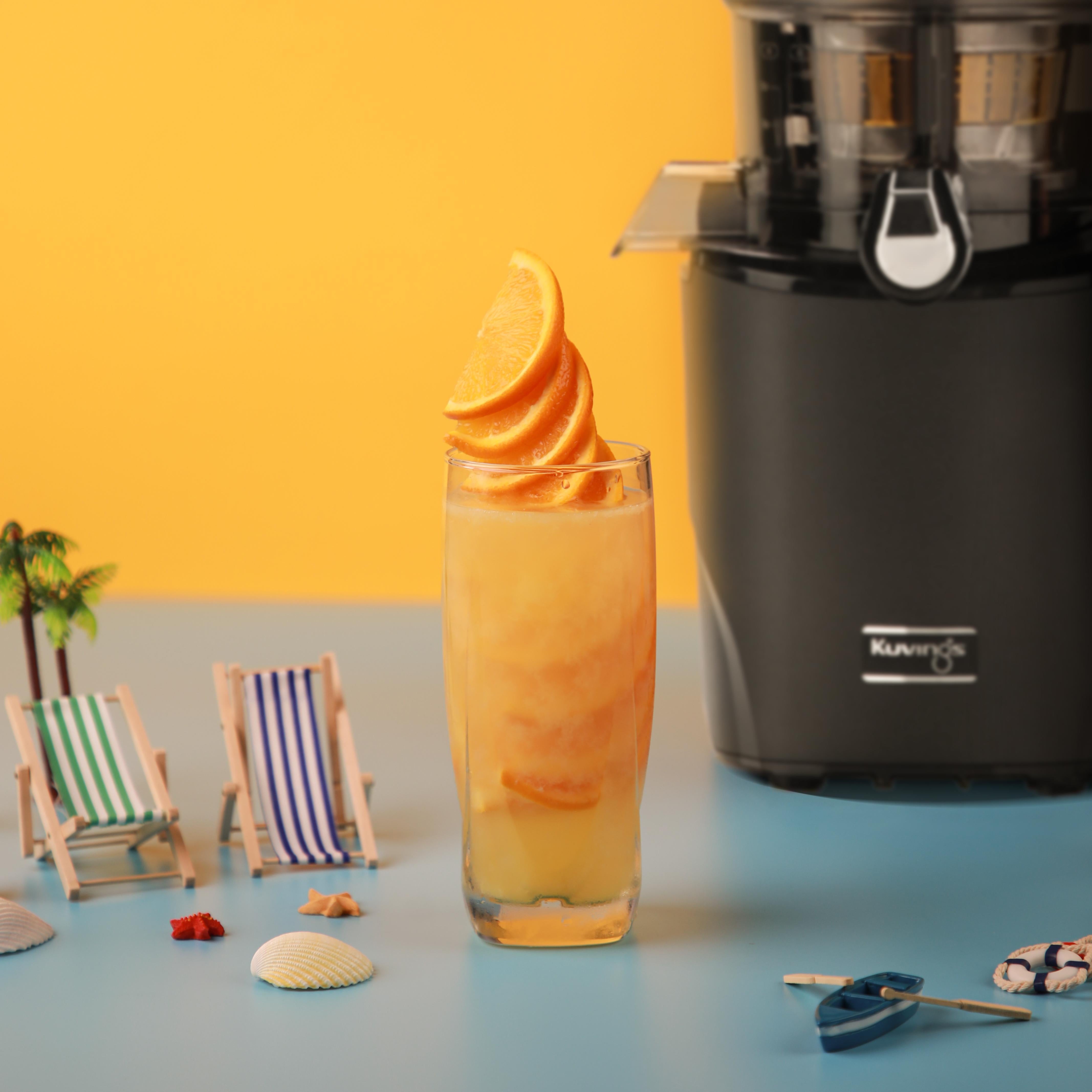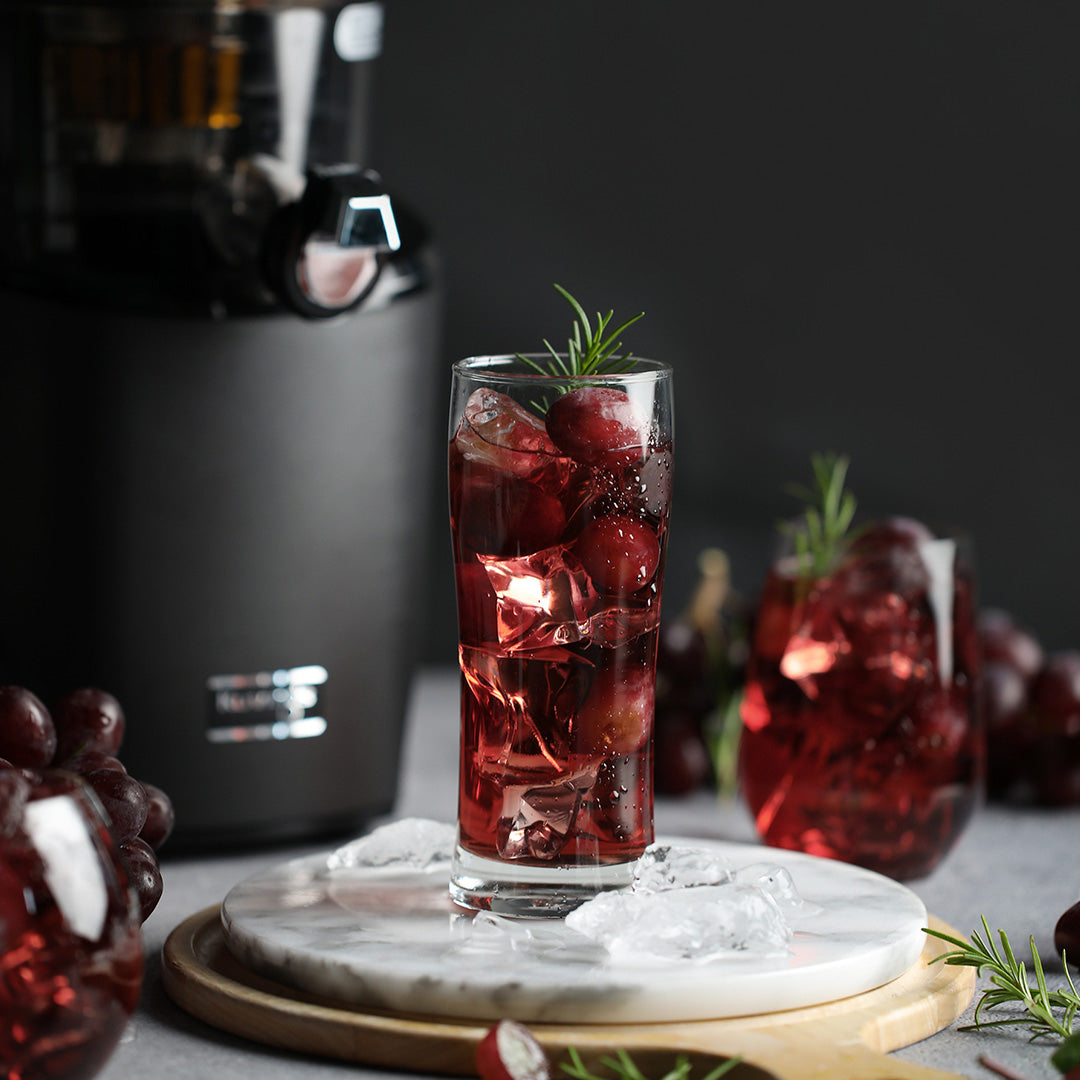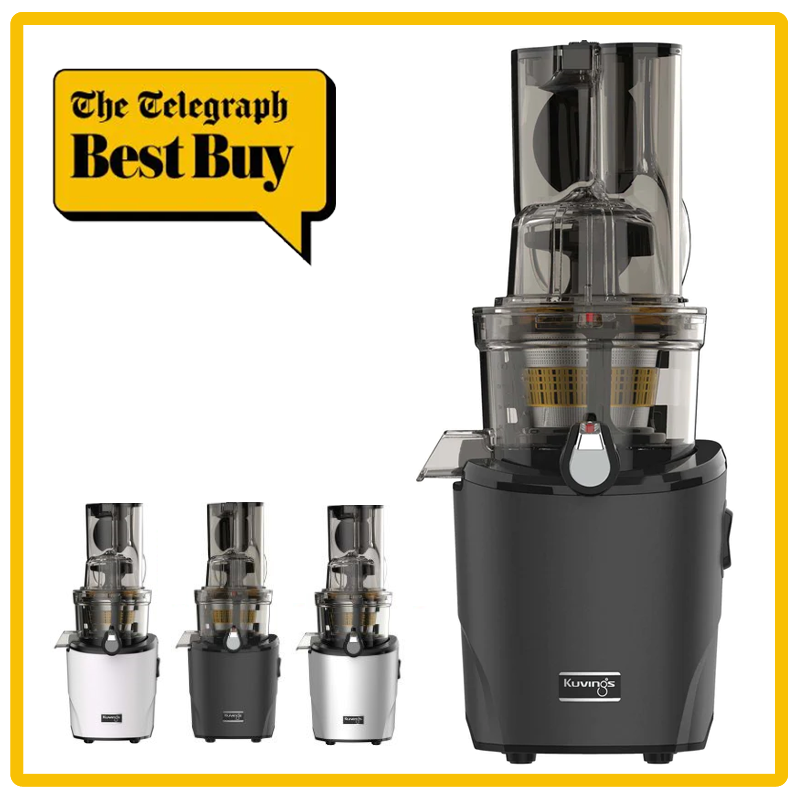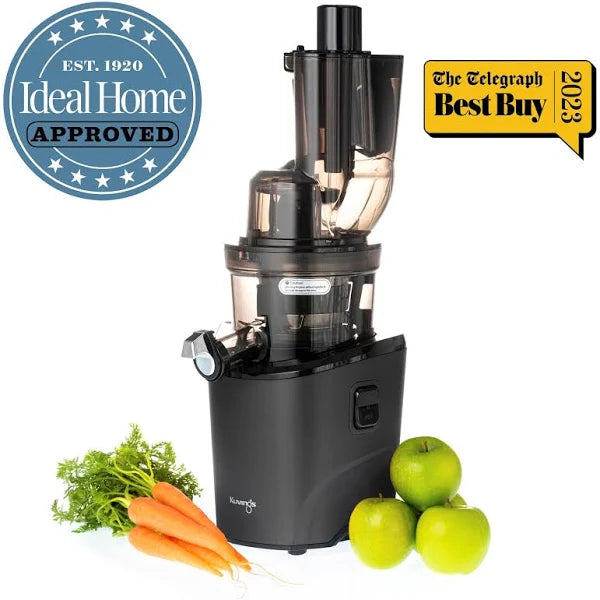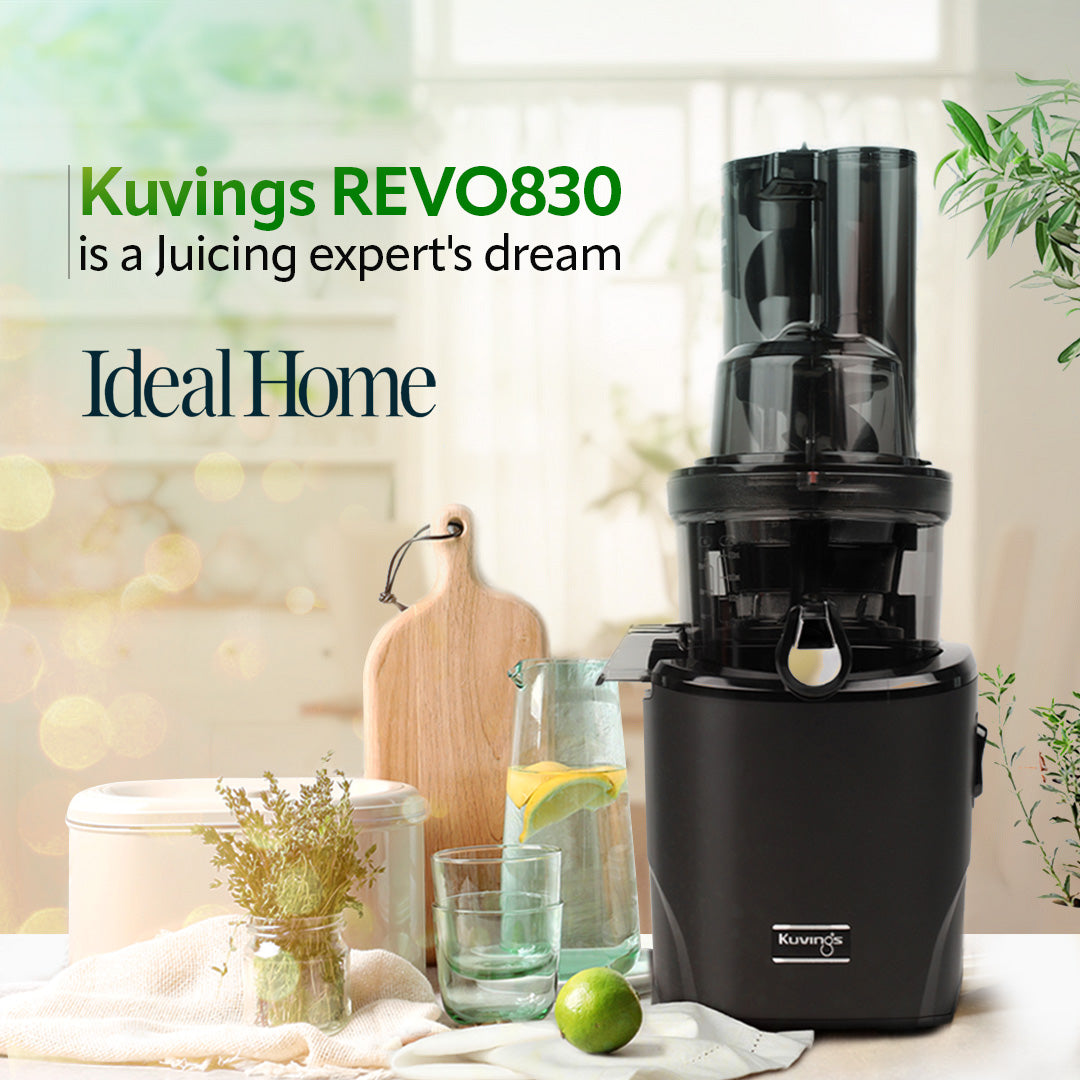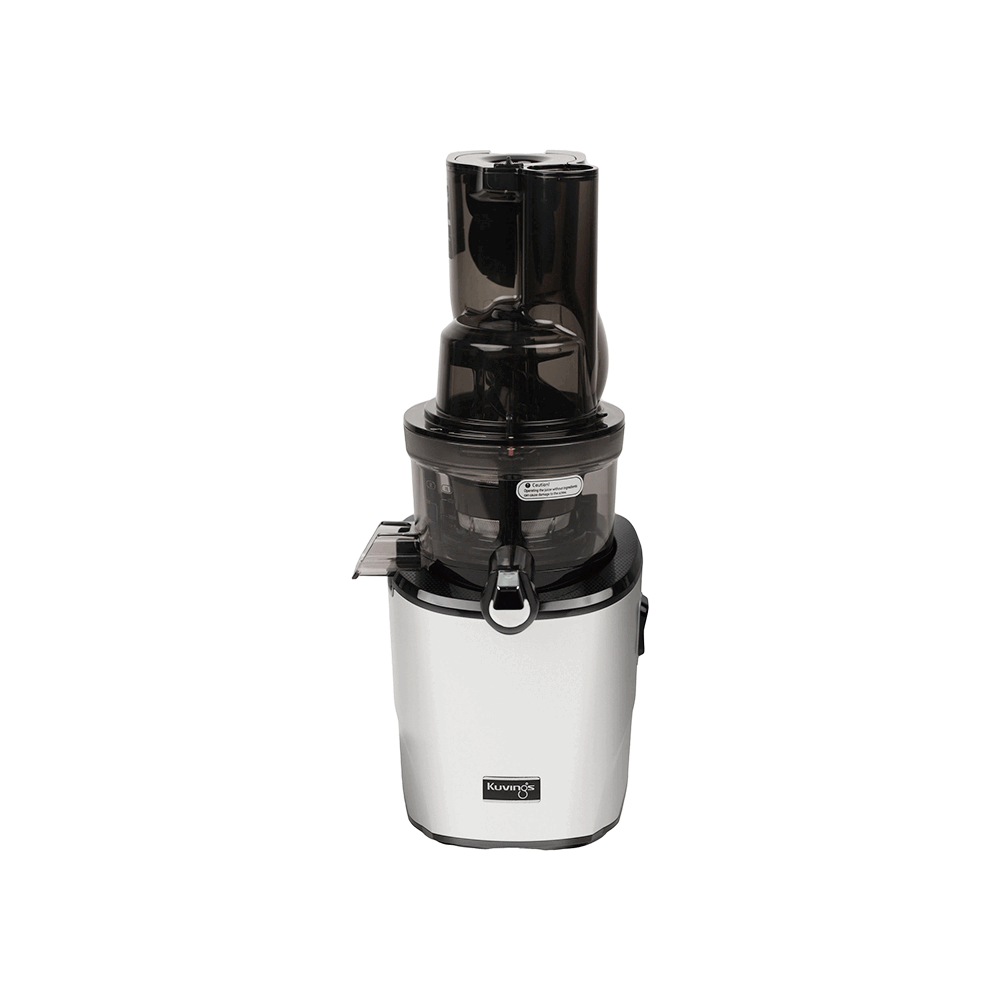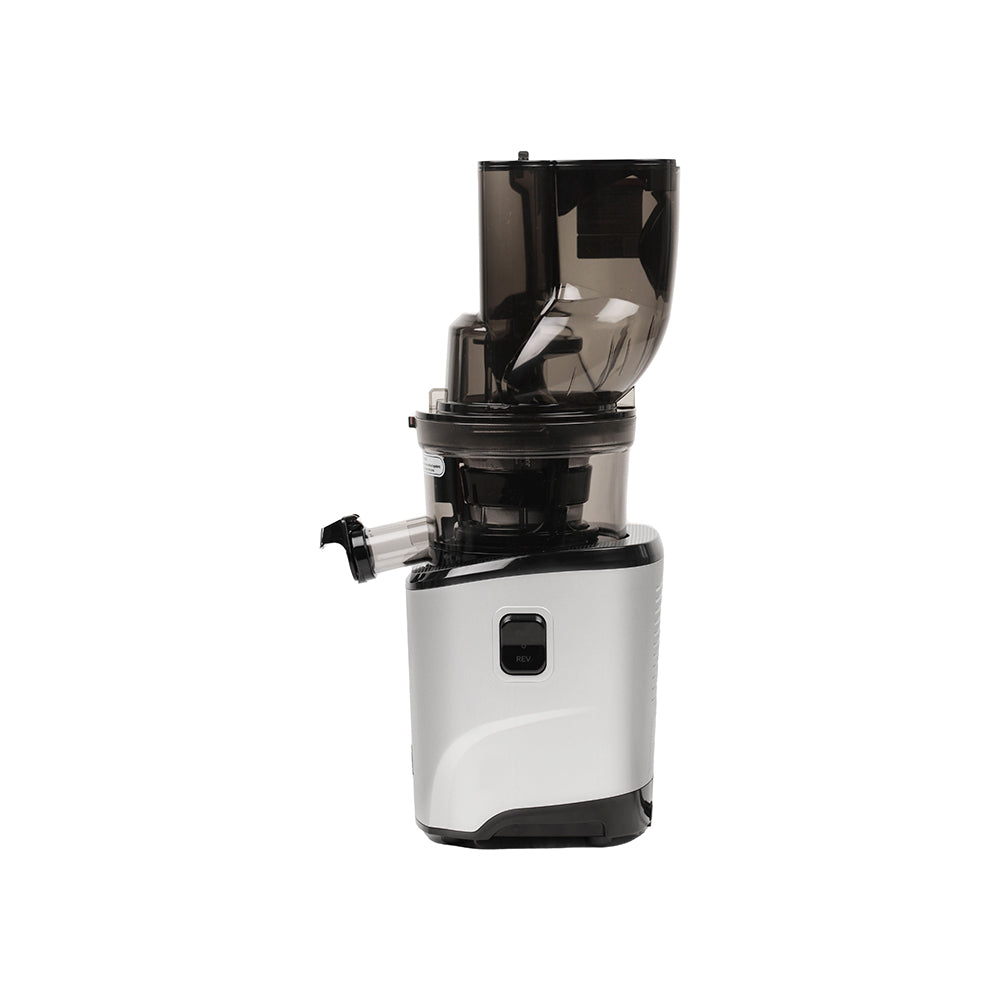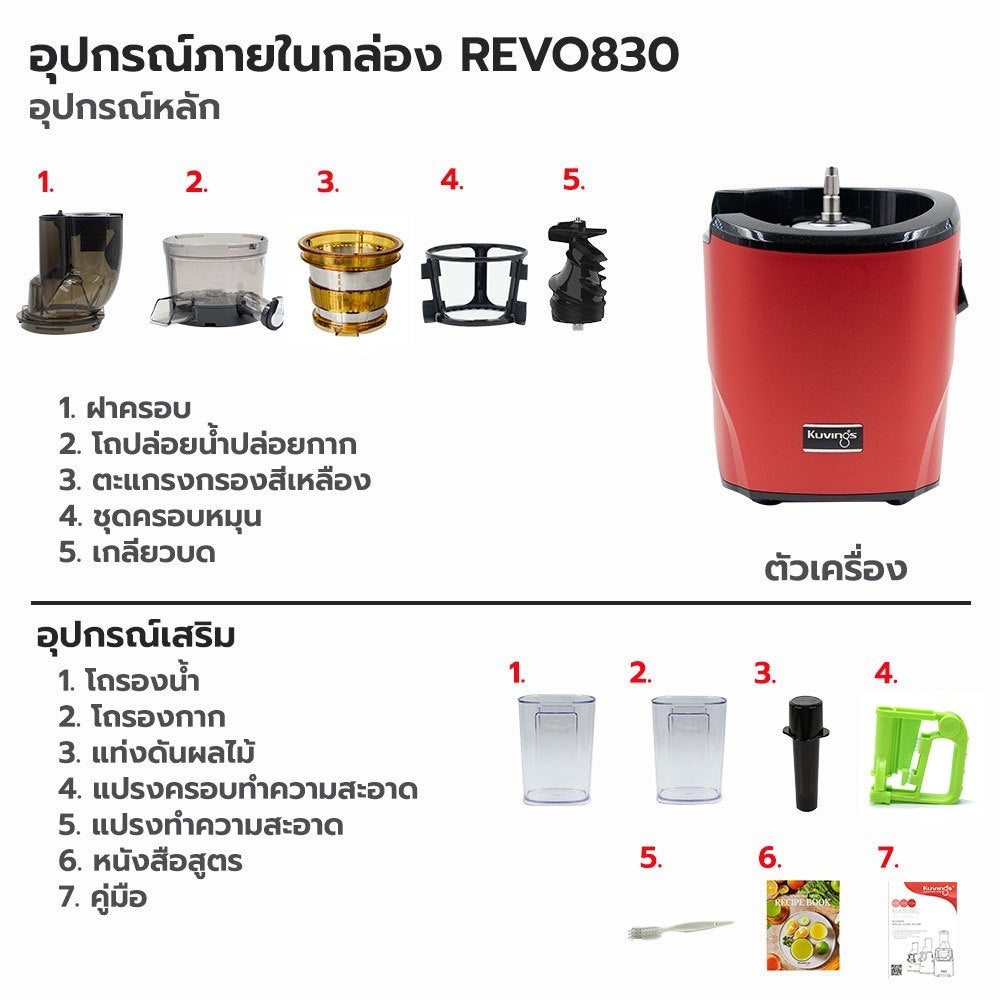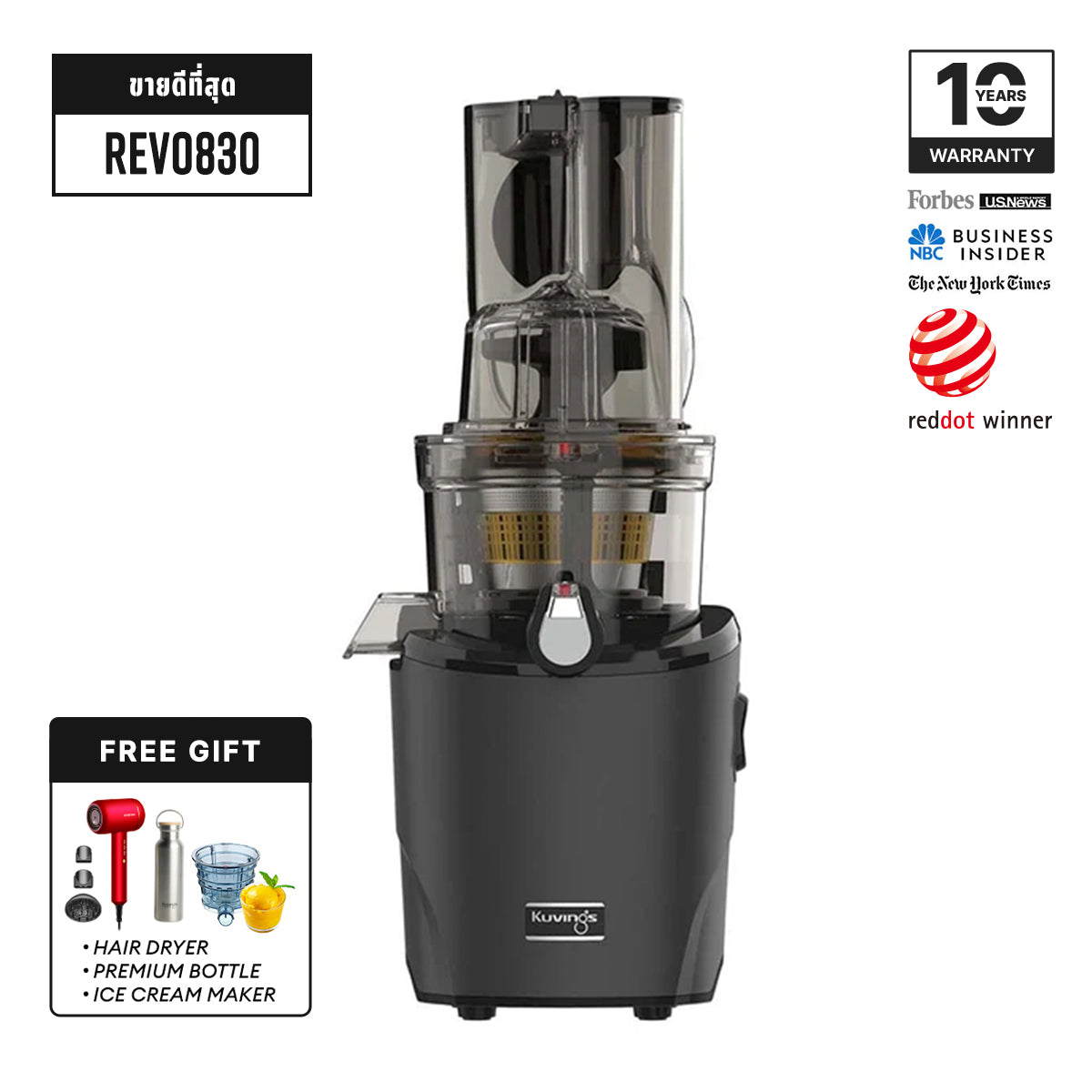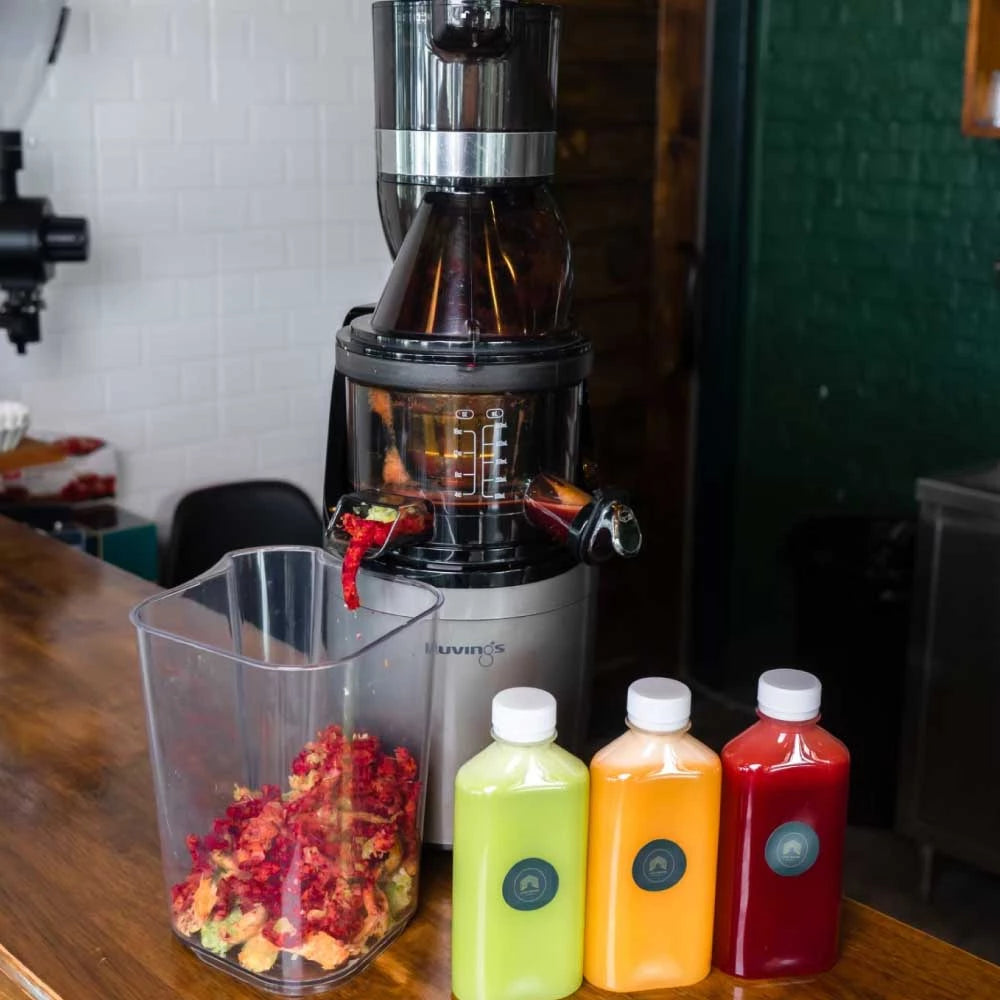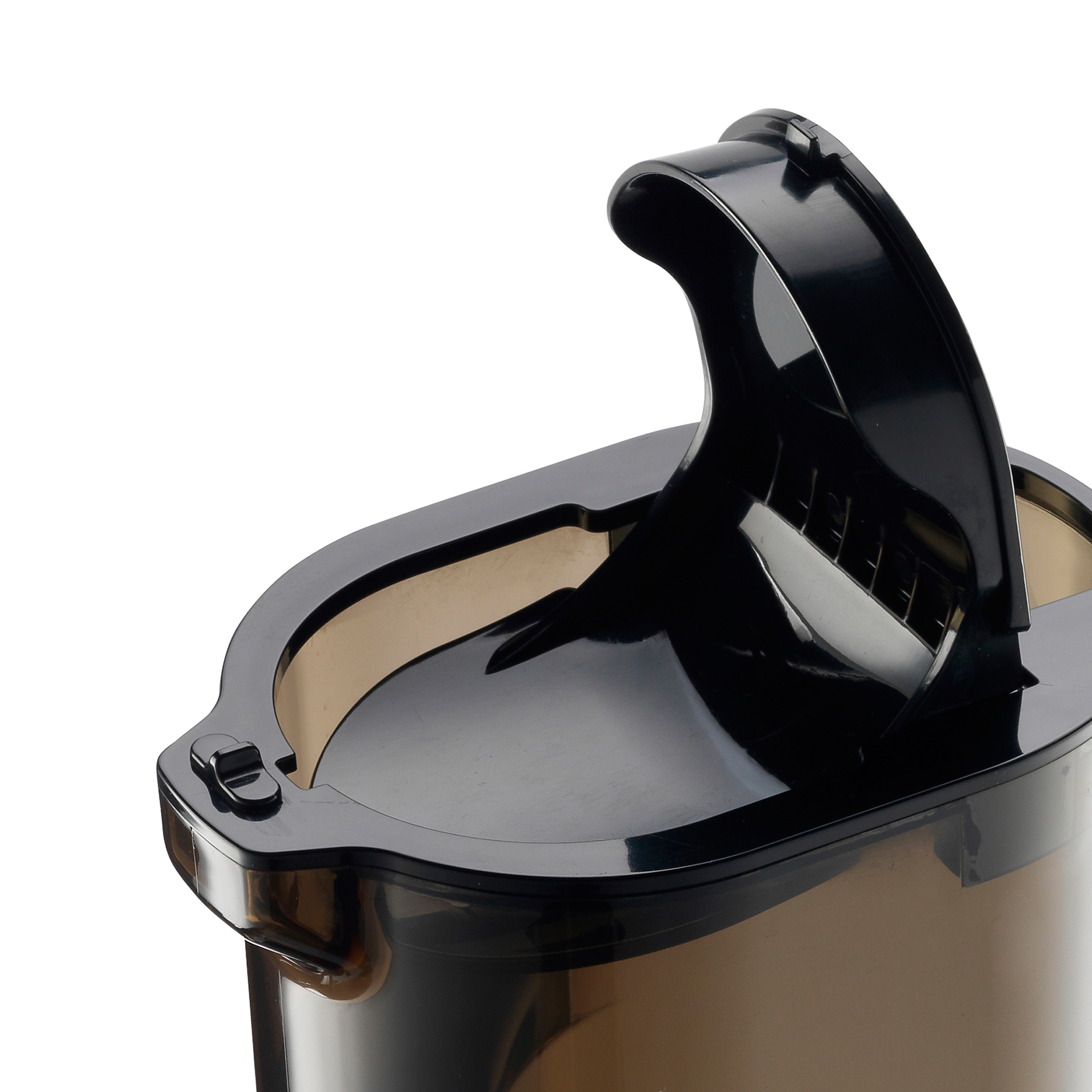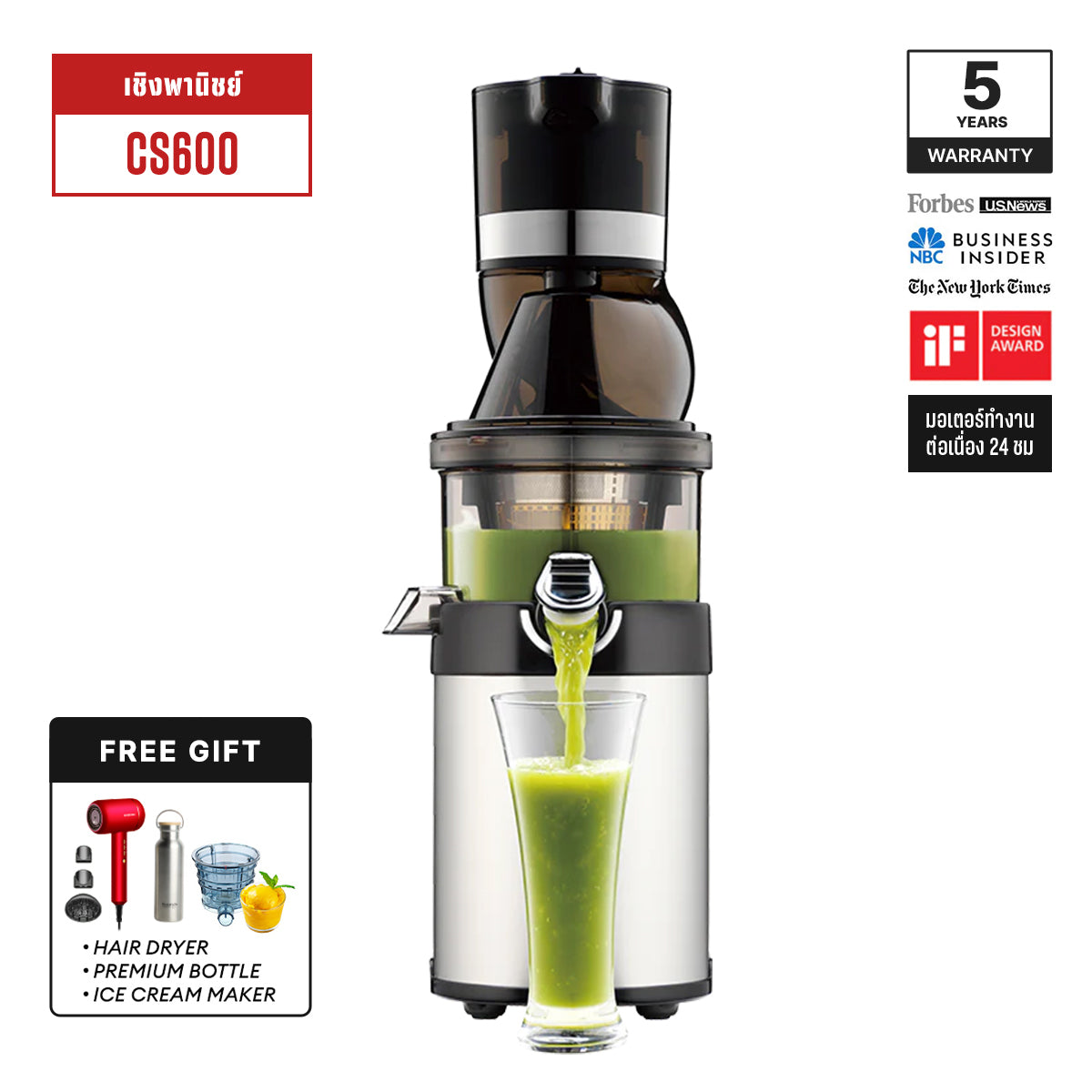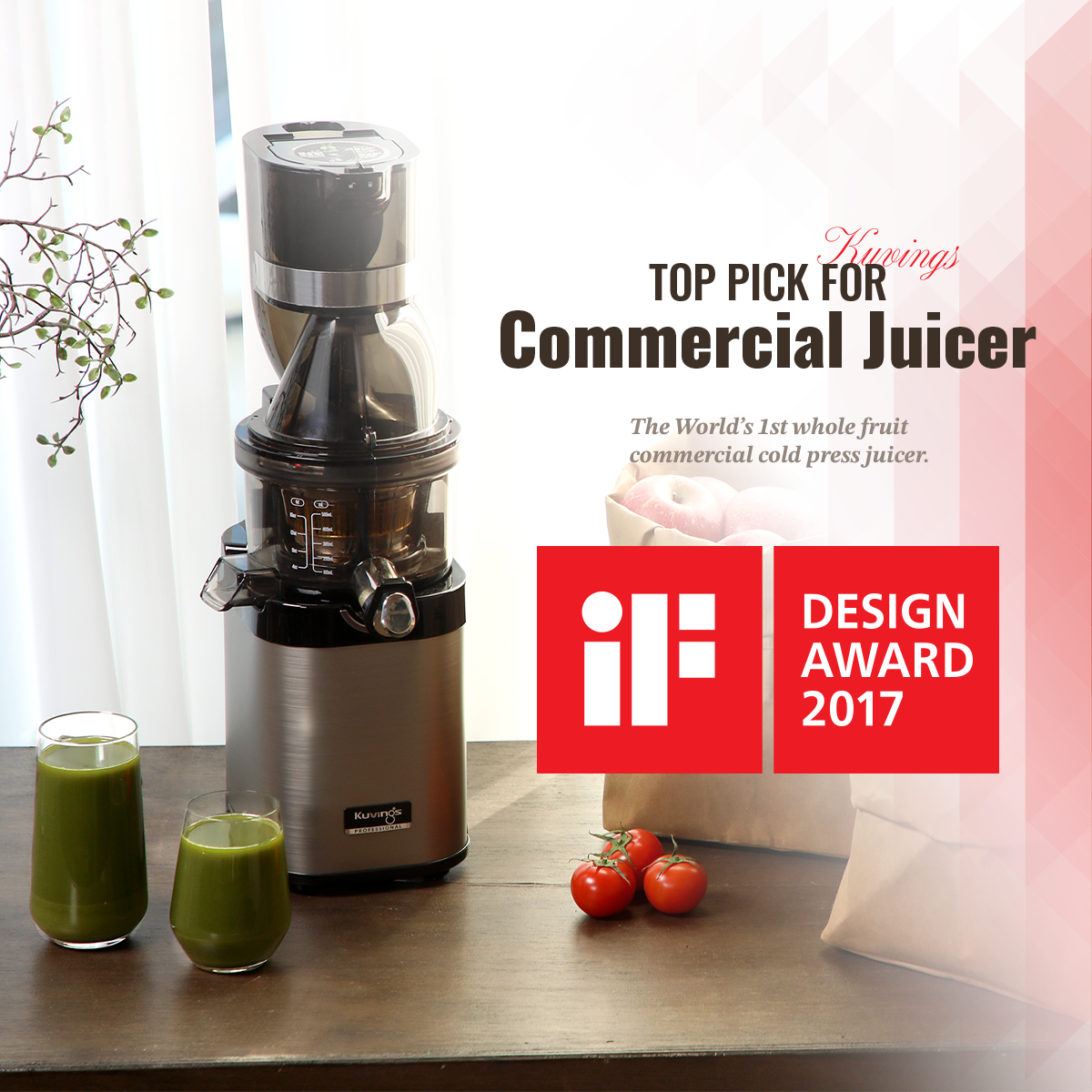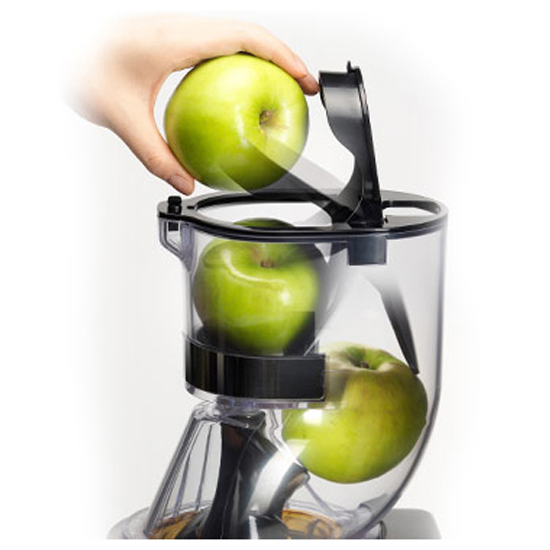🔍 Juicers and blenders can be used to extract juice. But both machines are different and produce different juice results.
Our juicers are often mistaken for blenders due to the similarities between juicing and blending. We are also often asked if our juice recipes can be made in a blender.
While we offer both juicers and blenders, it is important to know the differences between the two to choose the best one for your juicing needs.
📌 ability
Juicers are specifically designed for juicing and generally work best with hard, water-rich ingredients to produce fresh juice.
However, cold press juicers can also juice vegetables, greens, herbs, and more.
Kuvings Cold Press Juicer offers versatility as it can also make smoothies, sorbets and nut milks, thanks to its juicer, smoothie and sherbet strainers.
Blenders can blend ingredients to create smoothies, sauces, soups, crushed grains, crushed ice, and more.
Blenders can handle ingredients with different water content and textures.
📌 Working principle
Juicers use a centrifugal or chewing mechanism to crush ingredients and separate the liquid from the fruit pulp.
The juicer parts have holes, openings and outlet pipes that are designed to allow the pulp and juice to flow out separately. This design helps to separate the pulp from the juice.
In particular, masticating juicers use a slow-turning screw to crush and press the ingredients against a screen to separate the liquid from the fruit pulp.
This slow chewing technology is built into the machine, making it easy to use.
In contrast, blenders use high-speed blades to chop, puree, and blend ingredients.
Blenders use a sealed container to combine the fruit pulp with the juice.
The blender comes with a variety of programs and settings, allowing you to customize the blending process to achieve the consistency you want.
📌 component
Kuvings cold press juicer consists of 5 main parts: lid/chamber, screw, sieve, rotating brush and juicing bowl.
Juicers require more assembly and effort to clean, but they don't have sharp blades, making them safer to clean.
In contrast, blenders have fewer parts, a blending container, and possibly sharp blades. Blenders require no assembly and are easier to clean.
If the blade is sharp, there may be a safety issue during cleaning, which may delay the cleaning process.
📋 Juicer VS Blender
To see the main differences between a juicer and a blender, check out the table below.
| Juicer | mixer |
|
|
📌 Juice extraction with a juicer
Using a juicer to extract juice is the best way because a juicer extracts the juice directly from the ingredients.
There is no need to add any liquid and there is not much preparation required.
Kuvings Cold Press Juicer has a wide inlet for all ingredients, making fruit preparation easier and faster. The juicer also captures and separates almost all of the skin, reducing the need to peel before juicing.
The resulting juice has a rich flavor and is exceptionally smooth. Plus, the fruit pulp is dried, ensuring you get the most out of your ingredients.
Watch the video to see how quick and easy it is to juice with the Kuvings AUTO 10 S Juicer, producing pure juice.
📌 Juice extraction with a blender
You can also juice it with a blender, but it will not be considered real juice.
Liquid must be added to make blending easier. Some people think that adding enough liquid will give the same texture as juice, but the result is a diluted smoothie with lots of fruit pulp.
If you want to remove more of the pulp, you will need to strain the product through a fine mesh strainer or cheesecloth. Even if you try, the pulp will still be moist, which means you will not get the maximum amount of juice.
In addition, the preparation of ingredients is more complicated than when using a blender. A blender is not suitable for all ingredients and will not separate the skin and seeds, so you have to peel and prepare the ingredients more thoroughly before juicing.
Considering these factors, juicing in a blender will result in a diluted smoothie, not a concentrated, smooth cold-pressed juice. If you choose to strain your diluted smoothie to get a highly concentrated juice, the process will be more complicated and time-consuming, and the flavor will still be lost.
Check out the steps to juice with the Kuvings CB 1000 blender.
😶 Choosing a Juicer or Blender
If you want a smooth, cold-pressed juicer, a slow cold-press juicer would be a better choice.
If you don’t mind a smoothie with a thin consistency and flavor, using a blender is another option.
In conclusion, the decision of whether to use a juicer or a blender depends on your juicing goals and personal preferences.
This post is republished with permission from www.kuvingsusa.com


